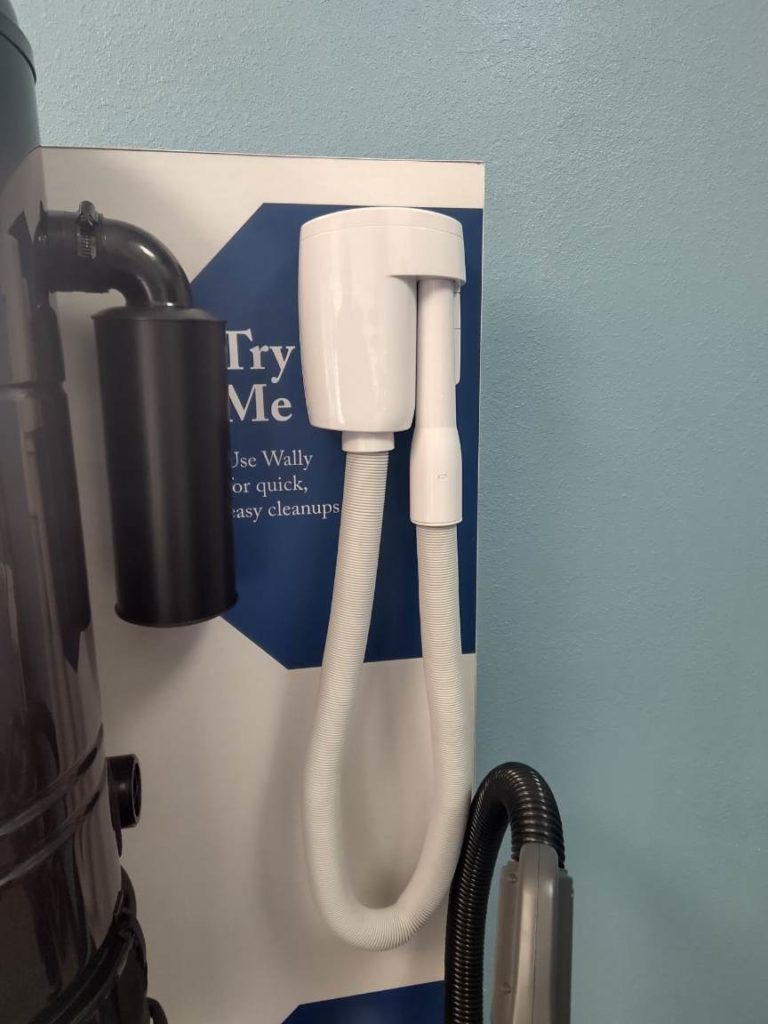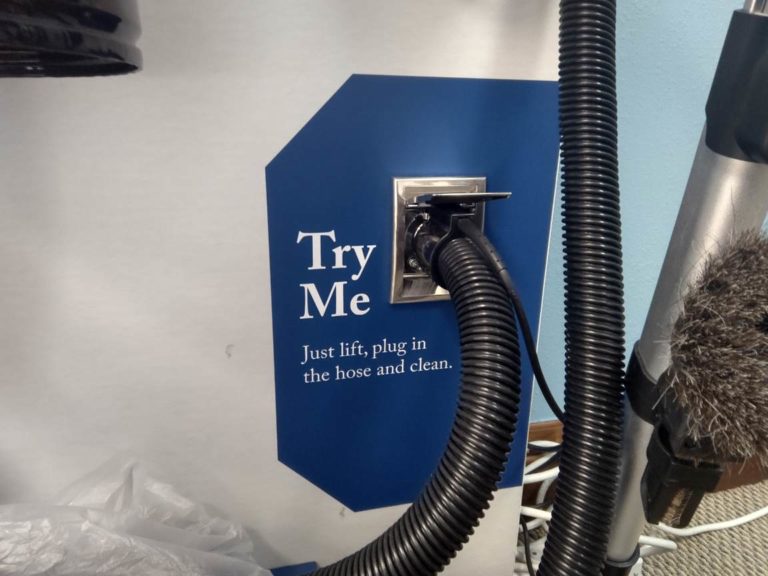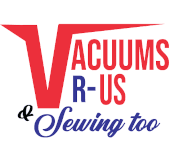Nutone Central Vacuum Repairs And Installation In Boulder
Backed by a powerful design, Nutone central vacuums have been a trending brand in the market for quite some time now. Its models have made their way constantly onto many top central vacuum listings each year. Thus, proving that the brand excels at engineering some of the greatest central vacuum units out there.
Nutone Central vacuums also boast HEPA filters that are honestly unmatched by most of its competitors. These HEPA filters can filter dust, mold, pollen, bacteria, and other particles that are o.3 microns in size. All this allows you to have a dust-free home along with a clean airspace to breathe in.
Although the functionality of Nutone Central Vacuum sounds impressive, its performance largely depends on its installation and maintenance.
Therefore, we at Vacuums R Us & Sewing Too–Boulder Store always advise homeowners to seek the best technicians for Nutone Central vacuum repairs and installations. But selecting a proper central vacuum service crew might be quite tricky. Because you would need to find an experienced, reliable, and skilled team of professionals to get any installations or repairs done right on the first try. Which obviously requires you to do a bit of research.
However, if you are looking for Nutone Central Vacuum repairs and installations in Boulder, you are in luck. Because we at Vacuums R Us & Sewing Too–Boulder Store are all the above plus charming. We’ve been repairing and installing central vacuums for nearly two decades now. And during this time, we’ve undertaken all sorts of central vacuum projects. However, we are yet to come across a job that proved too difficult for us.
A reason for our long-lasting success is the systematic approach we take when installing and repairing central vacuums. It’s an approach that’s been built on the experience we’ve gained over the years in service. And today, we are about to let you have a glimpse of our strategy.
Contact us to schedule a house call (303) 455-3096

Our Nutone Central Vac Installation Blueprint
Let us first look at how we carry out our Central Vacuum Installations. These steps, however, can change depending on the project at hand.Structural Analysis
First up on our checklist is a thorough inspection of the building. This helps us to map out the viable routes the central vac wires and pipes can take. The process is, however, considerably easier to carry out during building construction. But you needn’t worry because we’ve devised a few methods to effectively exam completed constructions as well. Any plans related to the establishment will be appreciated at this stage. While creating the best course of action, we pay special attention to existing installations. There’s always a possibility of damaging them during the central vacuum installation, so it’s best to know the fittings behind a wall we are about to cut into.Inlet planning And Installation
Once we are done mapping the cable and pipework, we then plan the inlets. Pre-planning inlets before installation is crucial if you need to cut down costs. Each inlet placed requires additional wires and pipes, so getting the number of inlets right is key for a low-budget central vac fitting. We’ve found out that simple math involving the area of a room and the hose length helps determine the position and the exact number of inlets required. After deciding on the inlet placements, we install them by cutting openings on the walls (or floors). We also place a marker at each inlet opening to help us when running the pipes and wires.Cable work
Issues with the wiring are quite common in any central vacuum. Yet, they can be avoided with precise cable work. So our skilled technicians take extra care when handling the wires. Using the previously placed markers as indicators they instal both the low voltage wires and power cables. They connect the power cables to the distribution box and the signal wires to the inlet. Our techs also make sure that the cables do not run over burrs. If you decide on installing a central vac by yourself someday, we strongly suggest that you outsource the electrical work. Not knowing what you are doing when installing the cables is a recipe for disaster.Pipe Placement
The pipework is the most important part of any central vac installation. It’s also the most difficult and time-consuming step in the entire process. If done poorly, the piping will allow vacuumed dust and dirt to re-enter the living spaces in the building. And that defeats the entire purpose of installing a central vacuum. So to avoid it from happening, our experts ensure that there are no leaks or clogs in the pipework. They first cut out the pipes according to pre-planned lengths. They then install them based on the indicators placed before. When joining two or more pipes together, our experts smoothen the edges so that the joints hold tight with no leakage.Installing The Central Unit
Along with the pipe and cable work, we install the central unit at the lowest level of the building. This helps the machine to save energy as it wouldn’t have to work against gravity. All the wires and pipes end at the central unit. So, the exact position of the device is pre-planned to avoid any issues with reach. Although most units come with a canister to collect dust and dirt, some homeowners prefer to exhaust the pollutants outdoors. Therefore, based on any request, we will install a separate duct to direct the debris outside.A Few Final Touches
Once everything is installed, our techs carry out a thorough inspection of the entire system. Every pipeline is stress-tested at the joints and re-examined for blocks and leaks. They then proceed to check the continuity of each cable. Next, they test the unit at different settings to verify performance. And if everything works as expected, they finally end the installation process.The Central Vacuum Repair Process At Our Boulder Store
We follow a structured approach for getting our central vacuums fixed as well. Again, the stages outlined below can change depending on the unit at hand. However, the following steps stay the same for most Nutone Central Vacuum repairs.


